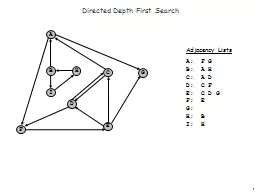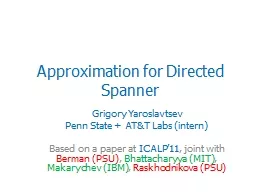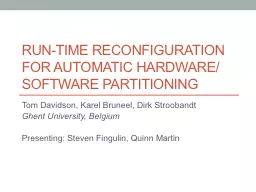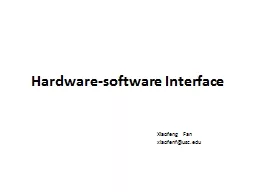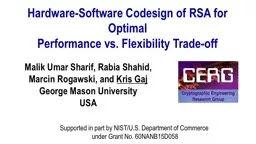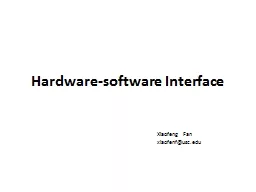PPT-Language-Directed Hardware Design
Author : calandra-battersby | Published Date : 2019-11-27
LanguageDirected Hardware Design for Network Performance Monitoring Srinivas Narayana Anirudh Sivaraman Vikram Nathan Prateesh Goyal Venkat Arun Mohammad Alizadeh
Presentation Embed Code
Download Presentation
Download Presentation The PPT/PDF document "Language-Directed Hardware Design" is the property of its rightful owner. Permission is granted to download and print the materials on this website for personal, non-commercial use only, and to display it on your personal computer provided you do not modify the materials and that you retain all copyright notices contained in the materials. By downloading content from our website, you accept the terms of this agreement.
Language-Directed Hardware Design: Transcript
Download Rules Of Document
"Language-Directed Hardware Design"The content belongs to its owner. You may download and print it for personal use, without modification, and keep all copyright notices. By downloading, you agree to these terms.
Related Documents


